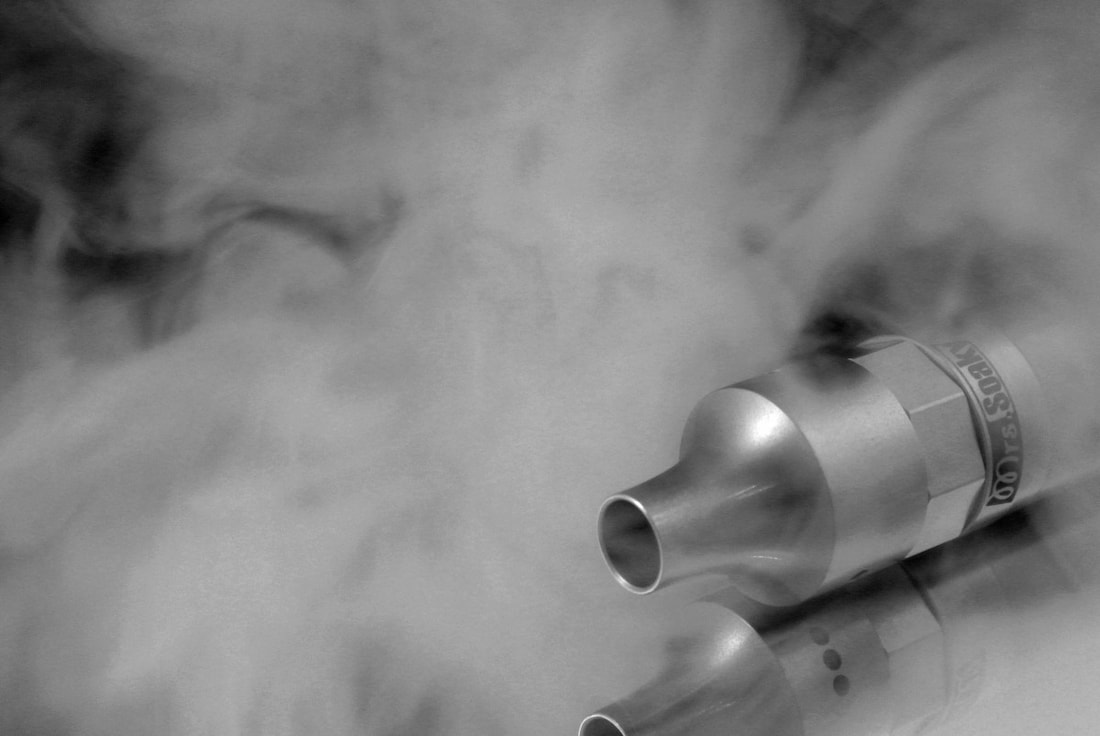|
By Hannah Prensky In the summer of 2019, patients agglomerated in emergency rooms gasping for breath, facing lung failure, and suffering through signs of severe lung tissue damage and scarring. These patients were not victims of chemical attacks, nor were they elderly life-long smokers—rather, they were young people with vapes. In October 2019, a 17-year-old boy from the Bronx became the first teenager to die from a vaping-related illness; later that month, a teenager in Montana died of a vaping-related lung disease. This national outbreak has affected over 2,000 patients and killed more than 39 people in the last year alone. In fact, vaping illnesses had grown into such a rampant epidemic that the Governor’s Office of New York declared in fall 2019 that the state would outlaw the sale of all flavored vaping products. Scientists at the Mayo Clinic studied the lung tissue of 17 patients who died of vaping-related lung disease, and are certain that vaping causes severe toxicity to the lungs that most similarly resembles the inhalation of toxic chemical fumes. The condition is referred to by the Centers for Disease Control and Prevention (CDC) as e-cigarette and vaping associated lung injury, or EVALI. The Mayo Clinic’s research indicated that vaping is extremely dangerous for any patient, no matter what substance they smoke. The first reports of vaping-related illness and deaths initially confounded doctors because the patients’ symptoms mimicked those of pneumonia. These patients vaped nicotine and marijuana, steering scientists to suspect that bootleg marijuana vaping carts may have been tainted with a poisonous substance, posing serious threats to users who cannot trace the source of these illicit, unregulated products. Then, a patient in Washington who legally purchased marijuana vaping carts from a state-sanctioned dispensary died from a vaping-related illness, suggesting the illness did not in fact originate from an illegal or unregulated additive. Scientists eventually ruled that a lipid ingredient called vitamin E acetate, or vitamin E oil, found in almost all marijuana carts—legal or illegal—is the primary cause of the rare pneumonia-related diseases that appeared in the summer of 2019. Vitamin E oil has many uses in cosmetics and is often a primary ingredient in skin creams and scar healers; it is added to vaping carts to provide the ideal texture and viscosity for battery-powered vape mechanisms. While vitamin E is safe and healthy to use externally, the inhalation of vitamin E acetate has been known for almost 20 years to be linked directly to lipoid pneumonia—a rare form of pneumonia caused by fatty substances entering the lungs. The vitamin E substance coats the lungs and coagulates in its tissue. When the oil forms orbs in the lungs, macrophages—a type of white blood cell in the immune system—locate these foreign substances and digest them intracellularly through a process called endocytosis, where the particle is brought into the cell as if the macrophage is eating it. Researchers know that macrophages target vitamin E acetate in patients who vape marijuana because lipid-laden macrophages have an unusual and distinct appearance, previously observed in patients with lipoid pneumonia. They are also easily visible in X-ray images because they appear throughout the lungs as pockets of oil surrounded by inflamed tissue. Like other foreign substances that elicit immune responses, the result of macrophage interference is inflammation. Inflammation in the lungs causes severe chest pain, shortness of breath, and coughing. Juul users, you may be thinking that you’re safe because vitamin E acetate is mainly found in marijuana carts. However, the latest research from the Mayo Clinic linked earlier indicates that this toxic ingredient in marijuana carts, while incredibly dangerous, is not necessarily the primary health concern for vape users. In fact, of the 17 samples they studied, researchers did not detect evidence that the deaths were caused by lipid interference—not to mention that 30% of the patients had never even used a marijuana vape pen. Instead, the tissues they biopsied resembled lung tissue damaged by poisonous gases and toxic chemicals. These hazards don’t come from illegally purchased carts; instead, they come from the nicotine vapes that so many young people cannot seem to put down. Unlike previous research conducted on lipoid pneumonia in the early 2000’s, there is no precedent for the rapidly spreading e-cigarette associated lung injuries. An 18-year-old student who had been vaping for less than two years had a brush with death when he was rushed to the hospital for shortness of breath and pain in the lungs. Doctors found black spots all over his lungs that were causing severe tissue collapse. The student had to have emergency surgery to reinflate his lungs and he was put on a ventilator for days following the harrowing procedure usually endured by cancer patients. While doctors may not know exactly what molecule or combination of chemicals caused the tragic illness, they are certain of its direct linkage to juuling.
0 Comments
Leave a Reply. |
Categories
All
Archives
April 2024
|

